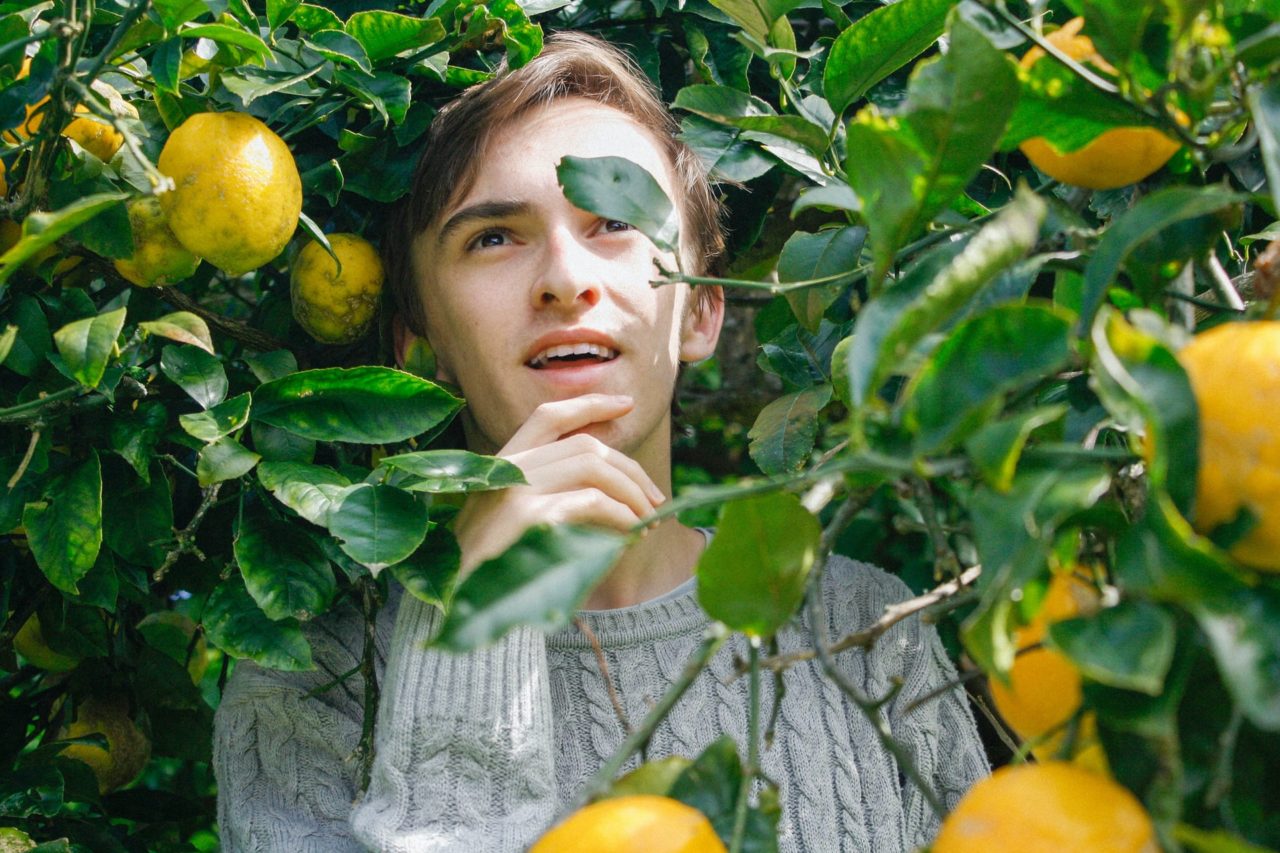Small backyard orchards have grown in popularity over the past few decades. And Tampa Bay has the ideal climate for a number of delectable citrus fruits such as oranges, lemons, limes, and grapefruit, as well as mangoes, papaya, Florida avocados, bananas, figs, guava, jackfruit, Japanese persimmons, loquats, lychee, peaches, blueberries, mulberries, and even some strains of apples.
Here are some tips on fertilizing fruit trees in order to optimize their health and ensure that they produce prolific fruit.
Choosing a fruit tree fertilizer
When utilizing a fertilizer for a smaller tree it is important to note the levels of the key ingredients, nitrogen, potassium, and phosphorus — notated as N, for nitrogen, P for potassium, and K for phosphorus.
For maintaining smaller trees you will want a lower Nitrogen content. Large amounts of nitrogen will spur excessive growth, which is not something you want in a backyard grove with smaller trees.
Ideally, the proportions to look for on the bag or container will be 3/12/12 (N/P/K).
Higher levels of phosphorus and potassium will accelerate flowering and fruit yield while not promoting the growth of the entire tree.
For extra growth in the first two years after planting a sapling you can use fruit tree fertilizer a higher nitrogen level. Once you’ve achieved the desired height, switch to a lower level of nitrogen.
Another tip for the health of the surrounding soil is to use all the cuttings from your garden as a mulch. The cuttings contain many minerals and nutrients, especially nitrogen, and will nourish the roots of the trees.
How to fertilizer fruit trees
A general rule of measurement is 2 tbsp of product per foot (height and width) of the tree.
Sprinkle the fertilizer about 6 inches from the base of the trunk all the way to the “drip line” which is where the canopy of the tree ends. This technique won’t burn the trunk.
The fertilizer needs to be absorbed properly into the surrounding soil. Having a micro-sprinkler in the fertilized area will help the soil absorb the nutrients more effectively, especially during drier months. When a micro-sprinkler is not available, a hose left on drip will suffice.
Hydration is a must for the fertilizer to allow optimum results. By fertilizing and watering regularly the fruit yield can double.
NEVER allow the roots to dry out.
When to fertilize fruit trees
Backyard orchard trees need to be nourished with fertilizer three times a year.
The ideal times are the beginning of February, early April, and mid to late June. This enables the tree to remain dormant at the correct time. Your food forest will thank you with a bountiful harvest.
Photo by Callum Skelton on Unsplash



